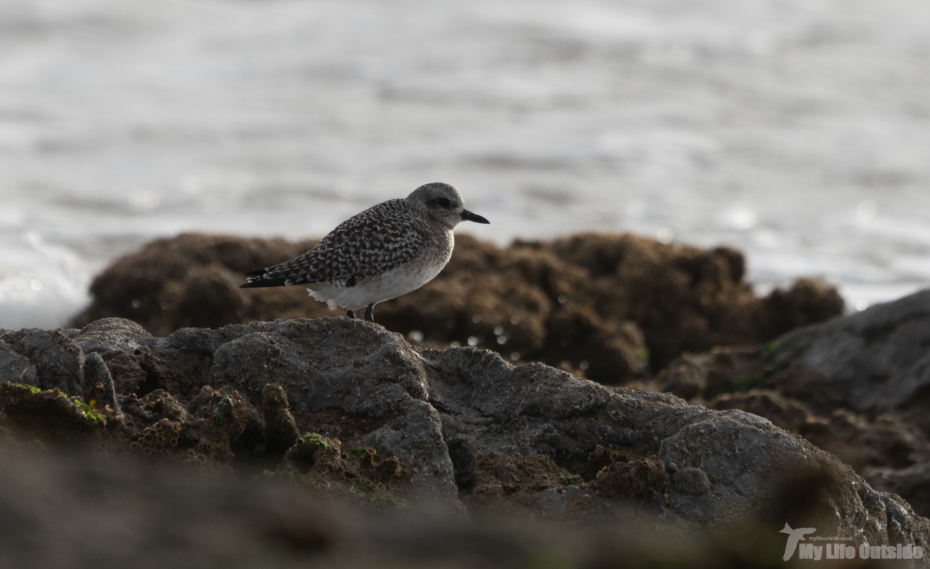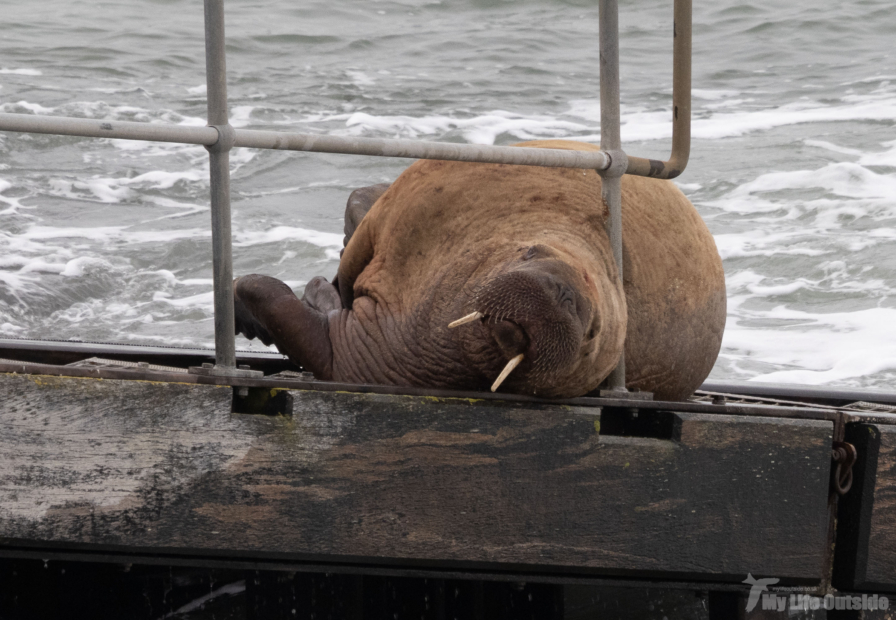Yes it’s that time of year again when the nation comes together to conduct the biggest and longest running citizen science project the world has ever seen. Its premise is simple. During an hour of the designated weekend count the highest number of birds seen in your garden at any one time, per species, then submit your results to the RSPB. Once the number crunchers and statisticians have done their business we’re left with a remarkably accurate view of the current state of some of our commonest species. Starling decline? Farmland birds moving into urban settings? Both recorded and presented through the Big Garden Birdwatch as well as much more besides.
This year’s event took place on the last weekend of January and, as you can probably guess by now, the weather was pretty dire. It was dark, dull and grey with intermittent showers meaning that once again my plan to photograph everything visiting had to be put on hold. The conditions didn’t however discourage the birds themselves which arrived in typically healthy numbers keeping alive what has been a remarkable run for our garden feeders. The highlight was undoubtedly finally being able to record Starling after a couple of years absence from the BGBW but a lack of Greenfinch tells its own sorry story. Then there was the presence of two Robins, happily coexisting, a consequence perhaps of our mild winter which has already seen birds beginning preparations for Spring. In total we recorded thirteen species, three more than in 2015 and five more than in 2014. Clearly we’ve been getting something right when it comes to making our garden more wildlife friendly. Time for a graph I think.

| Chaffinch (4) House Sparrow (7) Blue Tit (5) Great Tit (3) Blackbird (1) Coal Tit (2) Starling (1) | Goldfinch (6) Robin (2) Dunnock (1) Jackdaw (1) Wren (1) Collared Dove (1) |
What these figures don’t include are the birds seen overflying or just outside our garden boundaries. For the hour in question these included a lone Woodpigeon, two Ravens, an extra four Jackdaws plus singles of Herring Gull and Red Kite. A few hours later and both Pied Wagtail and the Long-tailed Tit flock had also been added further bolstering the impression that our garden birds are doing well. However, that lack of Greenfinches is again a real concern and at present I can’t see their downward spiral being reversed any time soon. Such a shame.



0 Comments